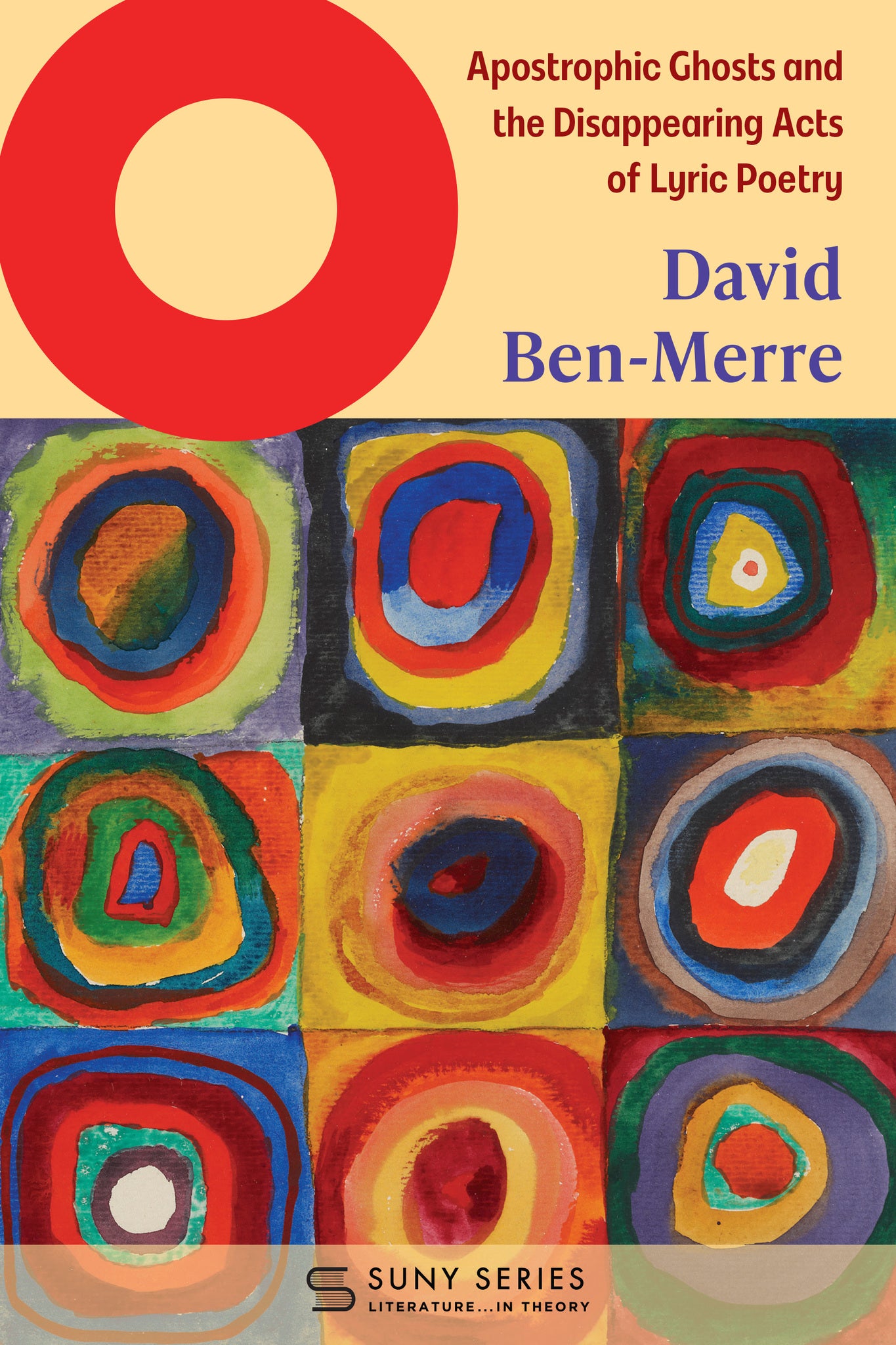We're sorry. An error has occurred
Please cancel or retry.
O

Some error occured while loading the Quick View. Please close the Quick View and try reloading the page.
Couldn't load pickup availability
- Format:
-
01 October 2025

Considers how a series of poets reimagined the possibilities of "O" as a gesture of apostrophe and, even more so, of writing.
In poetry circles, "O" is commonly associated with apostrophe—a dramatized turn to call out to an absent friend or idea. This call, however, is made possible by a graphic sign it pretends not to acknowledge. O follows poets who were rethinking the apostrophic "O" alongside its symbolic, iconic, and material forms. Organized conceptually rather than chronologically, the book explores how works by W. B. Yeats, Wallace Stevens, Elizabeth Bishop, James Merrill, Emily Dickinson, and Terrance Hayes, as well as the singer-songwriter Carly Simon and the band The Cure, each turn at deeply human moments to call forth an alternative to the present. Culminating in an experimental epilogue cowritten with the Romanticist Manu Samriti Chander, O engages with ongoing, sometimes excessive debates about lyric poetry and literary critical method, finding modest ground between their respective sides.


"A very impressive book. Ben-Merre's focus is 'the language of the poetic O,' especially lyric apostrophe and address, often accompanied by an 'O' (e.g., Shelley's 'O wild west wind'). But he also stresses apostrophe's grounding in written language—that it is not simply a sign of voicing—and takes special interest in aspects of the written character, such as the multiplication of circular forms (O's, and even X's that might alternate with or accompany O's). This is poetics more than hermeneutics—not striving to work out what a poem 'really means' but to illuminate distinctive poetic techniques." — Jonathan Culler, author of Theory of the Lyric
"O makes a significant contribution to the field of lyric studies. David Ben-Merre compellingly argues that lyric readings have tended to overlook the material elements of the text, and that the 'O' of apostrophe marks the privileged place where the material and the vocal coalesce. The volume offers a series of sustained, incisive readings of an admirably wide range of canonical authors with new insights into their method and mode of address. Readers interested in new interpretations of Dickinson, Yeats, Stevens, Bishop, Merrill, and Hayes, as well as deconstruction, Agambenian readings, and material poetics, will find a great deal to learn from this book." — Margaret Ronda, author of Remainders: American Poetry at Nature's End
List of Illustrations
Acknowledgments
Introduction
An Interlude: Some Horsing Around
1. W. B. Yeats: "Come away, O human child!
2. Wallace Stevens: "Ecce, Oxidia is the seed" 81"
3. Elizabeth Bishop: "O falling fire and piercing cry"
4. James Merrill: "Breath after breath, harsh O's of oxygen — "
5. Emily Dickinson: "An Ampler Zero"
6. Carly Simon: "[Oh] you had me several years ago"
7. Terrance Hayes: "A Perfect Circle"
Epilogue: Every Trose has its thorn: on Poison, the Cure, and other Pharmacological Prickles; Or, Why are you so far away?
David Ben-Merre and Manu Samriti Chander
Appendix A
Appendix B
Work Cited
Index



